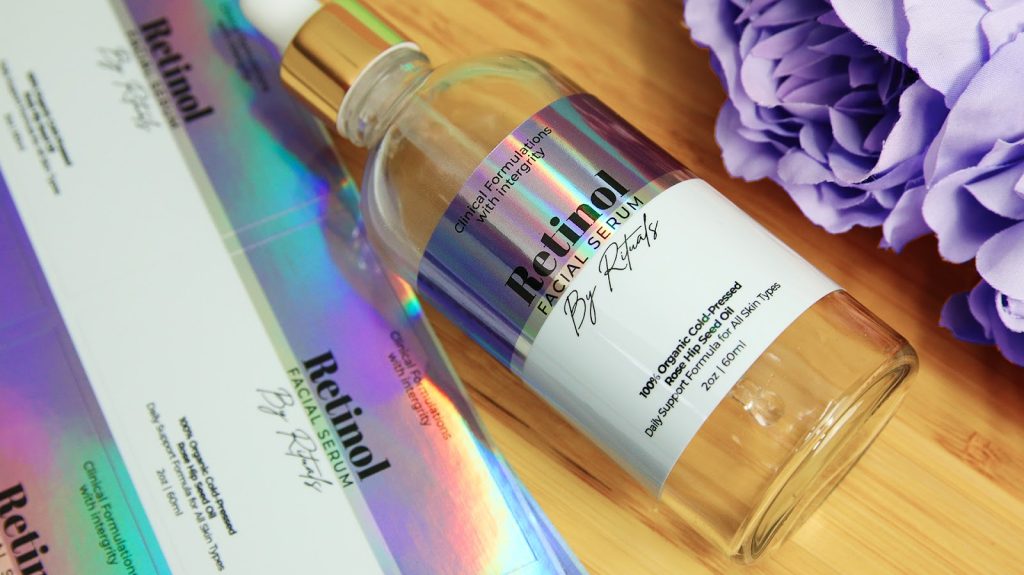Custom holographic stickers have become increasingly popular in various industries, from branding and marketing to security and anti-counterfeiting measures. These stickers utilize holography, a fascinating technology that creates stunning visual effects and enhances the overall appeal of the sticker.
In this article, we will explore the process of creating custom holographic stickers, the materials used, their applications, and future trends in holographic sticker technology.
Table of Contents
Understanding Holography
Holography is a fascinating technique that enables the creation of three-dimensional images using interference patterns of light. Invented by physicist Dennis Gabor in 1947, holography has since evolved into a widely used technology that has revolutionized various fields, including entertainment, security, and scientific research.
At its core, holography harnesses the principles of interference and diffraction to capture and reconstruct light waves, resulting in a full-color, three-dimensional representation. This innovative process has opened up a world of possibilities, allowing us to experience realistic and immersive visual experiences like never before.
The Science Behind Holography
To truly appreciate the marvels of holography, it is essential to understand the science behind it. The process begins with a laser beam that is split into two paths. One path is directed toward the object being recorded, while the other, known as the reference beam, is sent directly to the recording medium.
As the light from the object and the reference beam interact, they create an interference pattern that gets recorded on the medium. This interference pattern contains intricate information about the light waves reflected or transmitted by the object from various angles and depths.
When illuminated by a laser beam, the interference pattern diffracts the light, recreating the original wavefronts and generating a realistic three-dimensional image. This remarkable phenomenon allows us to perceive depth, motion, and even texture in the holographic representation, making it a truly captivating visual experience.
The Role of Light in Creating Holograms
Light plays a crucial role in the creation of holograms. The coherent nature of laser light is what allows for the precise interference needed to record and reproduce complex waveforms. Unlike ordinary light sources, laser light emits a single wavelength, resulting in a highly focused and uniform beam.
The color and intensity of the light used in holography also have a significant impact on the appearance and visual effects of the hologram. By carefully selecting the light source, holographers can manipulate the colors and brightness levels, creating stunning and vibrant holographic images that captivate the viewer’s imagination.
Furthermore, advancements in laser technology have led to the development of more sophisticated holographic techniques. For instance, the use of pulsed lasers allows for the creation of holograms with enhanced resolution and finer details. These technological advancements continue to push the boundaries of holography, enabling us to explore new realms of visual storytelling and artistic expression.
The Process of Creating Custom Holographic Stickers
Designing and producing custom holographic stickers is a multi-step process that involves careful attention to detail and precision. Let’s dive deeper into each step of this fascinating process.
Designing the Sticker
Before the holographic printing process can begin, the sticker design must be created. This is where the magic starts to happen. Designers take into consideration the intended purpose of the sticker, branding elements, and any security features required.
Using specialized software, designers meticulously develop the holographic pattern and layout. They ensure that the design meets the desired aesthetic and functionality requirements. The holographic pattern can include text, images, or a combination of both, creating a visually stunning effect. Once the design is finalized, it is converted into a format suitable for the holographic printing process.
The Holographic Printing Process
With the sticker design in hand, it’s time to bring it to life through the holographic printing process. This process involves the use of a holographic printer that utilizes lasers to create the interference pattern on the holographic film.
The holographic film, acting as the recording medium, plays a crucial role in achieving the desired visual effects. It is carefully selected based on the specific requirements of the design. The holographic film may contain microstructures, such as grating or dot patterns, that enhance the holographic appearance, adding depth and complexity to the final product. The holographic printer then precisely directs the laser beams to create the interference pattern, preserving every intricate detail of the design.
Once the holographic pattern is printed on the film, it is subsequently transferred onto the adhesive material, resulting in a custom holographic sticker. This transfer process requires utmost precision to ensure that the holographic effect is maintained and that the sticker adheres securely to various surfaces.
Quality Control and Finishing Touches
As with any production process, quality control is crucial in creating custom holographic stickers. Each sticker undergoes a meticulous inspection to identify any defects or inconsistencies in the holographic pattern. This step ensures that the stickers meet the desired visual standards and functionality requirements.
Once the quality control checks are complete, additional finishing touches may be added to the stickers. These finishing touches can include various coatings to enhance durability, protecting the holographic design from wear and tear. Additionally, advanced security measures, such as tamper-evident features or unique serialization, can be incorporated to provide an extra layer of protection against counterfeiting or unauthorized use.

Materials Used in Holographic Stickers
The materials used in holographic stickers contribute to both their aesthetic appeal and functionality. Holographic stickers are made using a combination of specialized materials that work together to create stunning visual effects.
One of the key components of holographic stickers is the holographic film. Holographic films come in various types, each offering unique visual effects and characteristics. Some films produce a vibrant and sharp holographic appearance, while others create a subtle and sophisticated effect. The choice of holographic film depends on the desired aesthetic outcome and the specific requirements of the sticker.
For holographic stickers that aim to captivate with their vibrant colors and striking holographic patterns, films with high reflectivity and light diffraction properties are used. These films are designed to scatter light in a way that creates a mesmerizing three-dimensional effect. On the other hand, holographic films with lower reflectivity and diffraction properties are chosen for stickers that require a more subtle and refined holographic appearance.
In addition to the holographic film, adhesive materials play a crucial role in holographic stickers. Adhesive materials used in holographic stickers are designed to provide strong adhesion to various surfaces while maintaining the integrity of the holographic design. These materials are chosen based on factors such as the sticker’s application, durability, and resistance to environmental factors like moisture and UV exposure.
When it comes to adhesive materials, manufacturers often opt for pressure-sensitive adhesives (PSAs) due to their versatility and ease of use. PSAs are designed to form a bond when pressure is applied, eliminating the need for additional heat or solvents during the application process. This makes holographic stickers with PSAs suitable for a wide range of surfaces, including paper, plastic, glass, and metal.
Furthermore, the adhesive materials used in holographic stickers are formulated to withstand various environmental conditions. For instance, stickers that are intended for outdoor use need to be resistant to moisture, UV radiation, and temperature fluctuations. To achieve this, manufacturers may incorporate additives into the adhesive formulation, such as UV absorbers and stabilizers, to enhance the sticker’s durability and longevity.
Overall, the materials used in holographic stickers are carefully selected to ensure both their visual appeal and functionality. The combination of high-quality holographic films and adhesive materials allows holographic stickers to stand out with their captivating designs while maintaining a strong bond to various surfaces.
Applications of Custom Holographic Stickers
The versatility of custom holographic stickers makes them valuable in a wide range of applications.
Branding and Marketing
Custom holographic stickers offer a unique way to enhance branding and marketing efforts. They can be used on product packaging, promotional materials, or as standalone stickers to create a visually appealing and memorable brand presence. The eye-catching holographic effects capture attention and leave a lasting impression on consumers.
Security and Anti-counterfeiting Measures
Holographic stickers have proven to be highly effective in enhancing security and implementing anti-counterfeiting measures. The intricate holographic designs and advanced printing techniques make it difficult to replicate or forge these stickers. They can be used on official documents, ID cards, licenses, or as seals to ensure authenticity and deter fraudulent activities.
Future Trends in Holographic Sticker Technology
As holographic technology continues to advance, new possibilities and trends emerge in the realm of holographic sticker production.
Advances in Holography
Scientists and engineers are constantly pushing the boundaries of holography. Advancements in holographic recording materials and printing techniques result in higher resolution holograms, more realistic visual effects, and a wider range of customization options. These developments open doors to even more creative and innovative applications of holography in the future.
Read= A Personalized Journey: Achieving 1000 YouTube Subscribers
Sustainability in Holographic Sticker Production
With growing environmental concerns, the holographic sticker industry is also focusing on sustainable practices. This includes reducing the use of harmful materials, implementing recycling programs, and exploring eco-friendly holographic film options. The integration of sustainability measures ensures that holographic stickers can continue to provide value while minimizing their environmental footprint.
In conclusion, custom holographic stickers are created through a meticulous process that combines design, holographic printing, and quality control. The materials used, such as holographic films and adhesive materials, contribute to the overall appearance and functionality of the stickers. These captivating stickers find applications in branding, marketing, security, and anti-counterfeiting measures. As holographic technology continues to evolve, the future holds exciting prospects for even more mesmerizing and sustainable holographic sticker options.













